Nasal reconstruction is the most common type of service provided by plastic surgeons. Many people always consider a small defect in the nose as a tragedy. But it is difficult to decide on surgery - rhinoplasty. Modern aesthetic medicine offers innovative methods to eliminate imperfections. If there are small defects, non -surgical rhinoplasty can improve the appearance and make the face symmetrical.
Types of rhinoplasty
In plastic surgery, it is customary to distinguish between several types of rhinoplasty according to the technique and purpose of the surgery.
All types of operations are divided into primary and secondary (repetitive), while can be:
- Reconstructive. This group includes manipulations aimed at restoring anatomical disorders that arise as a result of improper intrauterine development or as a result of traumatic injury or illness.
- Aesthetics. Aims to correct deficiencies.
Depending on what problem needs to be solved, there are many types of rhinoplasty:
- Reduce. Provides a reduction in the size of the osteochondral skeleton of the nose. These can be shortening of the tip, narrowing of the nasal bridge, width of the nostrils and lateral cartilage.
- Improvement. Aims to correct the defect by increasing the size of the nasal skeleton. It is also used for secondary plastics.
- Septorhinoplasty. Removal of the curvature of the nasal septum to facilitate nasal breathing, including to solve the problem of snoring.
- Grafting. The required shape of the nose is made from the cartilage tissue of the patient. For transplantation, auricular cartilage tissue, nasal septum can be taken.
- Reconstructive rhinoplasty. Aims to correct the results of previous operations.
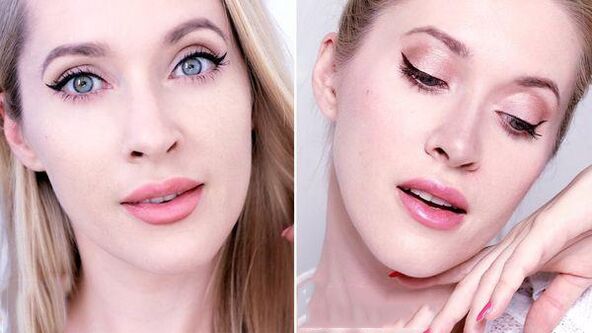
The goal of the intervention may also be a separate hypertrophic nasal mucosa, columella (bridge between the nostrils). Changing the shape of the tip of the nose (removing the hook or upside down) is a separate and most difficult type of surgery.
For any correction, the surgeon can choose the type of surgical or non -surgical intervention.
Operating Room
It is performed under general anesthesia. The duration of the operation can reach several hours, and the results are maintained for many years. Prior to surgery, the patient must sign a written agreement for surgical intervention, therefore, it must carefully consider the pros and cons and adhere to the rules of preoperative preparation, which include:
- delivery of blood tests, fluorography, electrocardiogram;
- consult with doctors of other specialties (dermatologists, therapists, psychiatrists);
- dietary compliance.
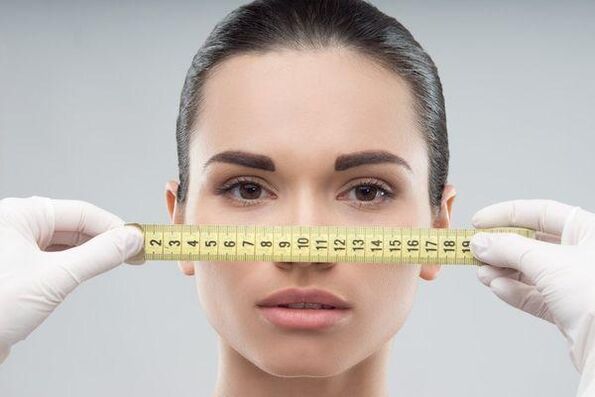
After the operation, the patient was in the hospital for several days under the supervision of a medical officer. After exiting, you must also comply with some rules and restrictions.
Like any surgery, nose repair surgery has some contraindications and can cause side effects and complications.
Not surgery
Alternatively, non -surgical plastics are used. Contour plastics are minimally invasive and do not involve surgical intervention. This allows you to correct the asymmetry, slightly reduce the tip, remove the bump, straighten the nose, but is not suitable for solving complex problems (restores respiratory function, eliminates congenital defects).
In contrast to classic rhinoplasty:
- the absence of complex operations and long recovery periods;
- running speed;
- short duration of effect (not more than one year);
- likely to be redone because the result is lost.
These can be injectable plastics using fillers, hyaluronic acid -based gels, hormone -crushing drugs, or non -injectable corrections using sutures or splints.
By cost, contour rhinoplasty is several thousand rubles cheaper than traditional ones.
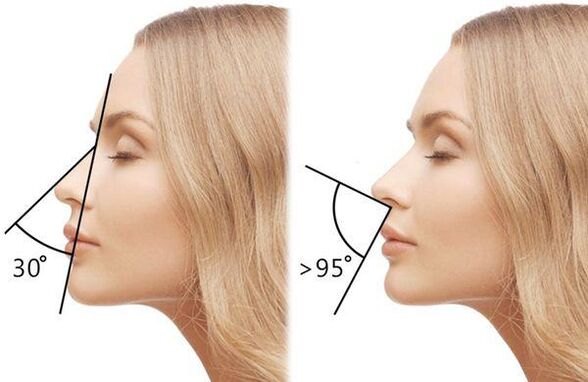
Classification of rhinoplasty
Primary complete rhinoplasty does not involve intervention that corrects the entire nose. This is the most popular type of surgery. Conditional, indications for surgery are divided into 2 types, according to which the following will be performed:
Plastic cosmetics. If you want to get rid of the following nasal defects:
- posterior bulge (hump);
- excessive length;
- thickened nose (potatoes);
- saddle back;
- big nostrils.
Plastic works. Aims to eliminate defects that cause poor breathing, interfere with the airway through the nose:
- injured septum with curvature;
- Nasal constriction (birth defects)
- congenital imperfections of cartilage tissue.
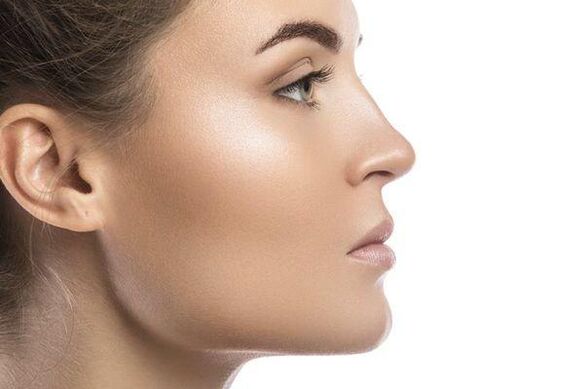
Open it
This technique is used in cases where it is not possible to accomplish a given task in private. Incisions are made along the columella (the part of the skin that folds between the nostrils) and on the wings of the nose where they join the lips. Open rhinoplasty allows you to raise the soft tissue and cartilage upwards, to gain access to the interior for manipulation. Required for complex and large -scale operations:
- severe nasal deformities, including with lateral displacement;
- combination of nasal defects with malformations ("cleft lips" or hard palate fissures);
- reconstructions where grafting is used.
Disadvantages of this intervention include damage to the columella arteries, postoperative scar formation, and prolonged postoperative tissue edema.
Re-rhinoplasty is performed only in the open way. Correcting the lack of primary plastic is a difficult task, so uncompromising aesthetic results are not always guaranteed.
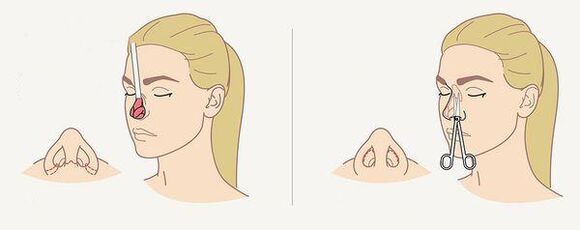
Closed
The method is less traumatic than the open method. Incisions are made from the inside, on the mucous membrane of the anterior chamber of the nose. Such access is performed when operations with small volumes are to be performed. These types of interventions are divided into marginal (along the inner surface of the nasal wings), transseptal, inter- and transchondral. The closed access option is endoscopic rhinoplasty using microinstruments.
Allows to exclude damage to arteries and tissue nutrient deficiencies, postoperative scars are not visible, because located in the nasal cavity, the outer part of the skin is not affected. This method is often used for aesthetic operations.
Laser
Surgery in which a laser is used instead of a scalpel to cut tissue. Laser incisions are softer, because parallel vessel burning does not include the expansion of bleeding.

There are 2 types of laser rhinoplasty:
- open, which involves cutting tissue before modeling the soft part or base of the cartilage;
- shallow - not a skin incision is performed, but evaporation of the surface layer to correct small changes in the nasal tissue.
Injection reconstructive rhinoplasty
Sometimes those who decide to undergo rhinoplasty surgery not only want to predict and develop a model, but also see the end result. This can be helped with a contour injection nasal plast procedure. The result is achieved faster, more comfortable and cheaper.
You can inject the medicine repeatedly. In some cases, fibrous tissue forms at the injection site, and the nose can form for a long time.
Hyaluronic acid injections
The effects of hyaluronic acid injections last about six months. The introduction of drugs allows you to flatten the surface of the skin and make the nose symmetrical, small deviations are filled. Fillers based on hyaluronic acid are used in aesthetic surgery. These funds are classified as biodegradable, i. e. soluble. Over time, the drug is divided into safe components - water and carbon dioxide.
Plastic nasal filler
There are several groups of fillers. Biodegradable, other than those mentioned above, incl
- based on animal collagen;
- on collagen of human origin;
- on calcium hydroxyapatite;
- on synthetic lactic acid.
These fillers can have a long lasting effect.

Biodegradable fillers (non -absorbable or permanent) are made based on silicone or other synthetic bases (biopolymers). The effect after their application lasts a long time, but experts do not recommend using it. There are several reasons to reject synthetic fillers:
- they can cause tissue fibrosis;
- it is impossible to remove it from the body;
- may in the future be an obstacle in rhinoplasty surgery.
Hormone drugs
To correct some imperfections in the nose, glucocorticosteroids are used - synthetic substances similar to hormones produced by the human adrenal cortex. They are able to soften and dissolve part of the cartilage tissue, which makes it possible to improve the shape of the wings and the tip of the nose, to smooth the hump.
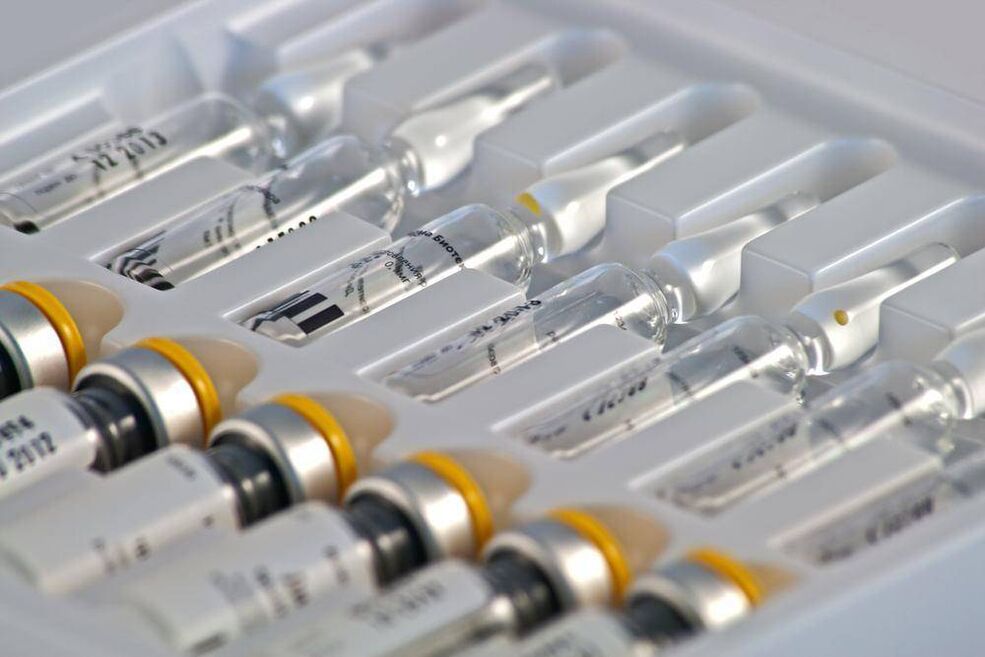
The procedure is relatively easy to carry out, but difficult to complete: it is necessary to calculate the dose and depth of administration of the drug accurately to avoid asymmetry and the formation of unnecessary cavities in the nose. In addition, excess hormones can trigger uncontrolled tissue atrophy.
Often, such corrections are performed in several procedures.
Lipolytic
Lipolytic is an agent used for mesoinjections. It is a biologically active ingredient that induces subcutaneous fat burning. Dermaheal is used to correct the shape of the nose. It helps get rid of wrinkles and folds, will get rid of the "fleshy" nose. Contains active ingredients: phosphatidylcholine, hyaluronic acid, carotene and others.
Rhinoplasty without injections
More rarely, nasal correction is performed without injections. Experts consider such a procedure ineffective.
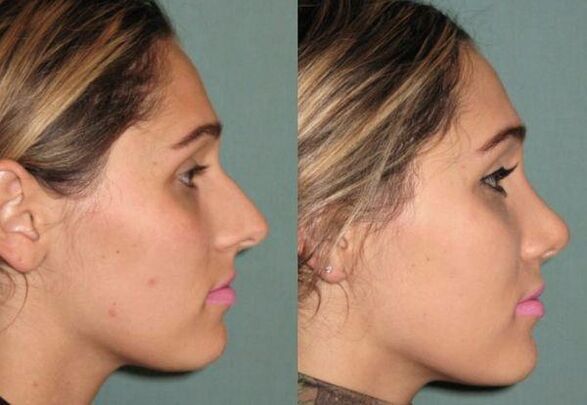
With a clip tongue
To align the back of the nose and its tip, use a fragment - a tool made of plastic or plaster. The design puts constant pressure on the cartilage and soft tissue and changes its position over time. With the help of flakes, you can raise the ends, close the wings, reduce the length (by raising the ends), smooth out the humps and restore symmetry.
Nowadays, lightweight removable structures are in the form of clips or spread clips. They need to be worn every day for several months.
Thread
To eliminate asymmetry, straighten the buttocks, fix the wings and tip of the nose, filament rhinoplasty is used. Corrective technology involves inserting a strong self -absorbing thread under the skin. Unlike fillers, the nose does not enlarge visually after inserting the thread. The results lasted for 3 years.
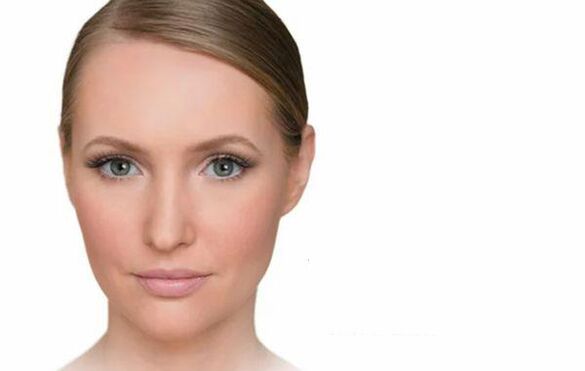
The bion thread is made from caprolac and repairs the tissues of the nasal area through many indentations. The thread is inserted through a small puncture, then the beautician tightens it and gives the desired shape to the nasal area. The results become real after 2-3 days. Other benefits of using yarn:
- low aggression;
- not painful;
- use of local anesthesia;
- no complications;
- no swelling and bruising.
Disadvantages of this correction method:
- scars may appear at the puncture site;
- the threads can be contoured, that is, they will be visible.
This procedure is contraindicated for people with thin skin and those who tend to form keloid scars.
Instructions for the procedure
When the shape and size of the patient’s nose are satisfied, the doctor will most likely prescribe a procedure for him without performing surgical manipulation. You can do without a scalpel when correcting details to get rid of:
- from nasal asymmetry;
- from dents, declines, depression and aberrations;
- from the tip of the drooping nose;
- from the hump;
- from flat upper back;
- from loose skin near the nose.
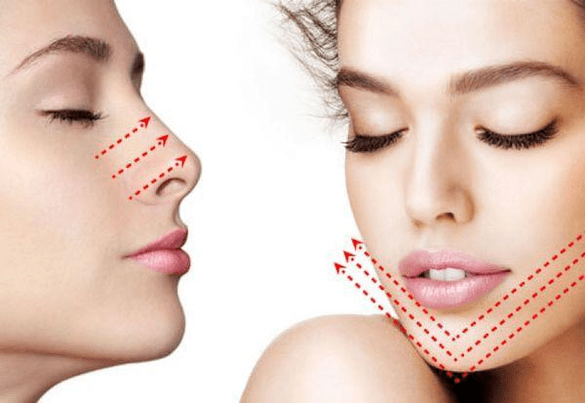
Such a procedure is also used as a temporary measure if a small patient with a severe disability (due to a fracture or injury) is unable to operate.
In men
Men prefer a radical approach to models with fillers to get rid of defects once and for all. Indications for rhinoplasty in men may be:
- frequent sinusitis, chronic nasal congestion;
- injuries that cause deformation of the nose and its septum;
- congenital pathology and defects in the bone structure of organs;
- saddle shape, large nostril, wide nasal bridge, large length or thickness of the nose;
- respiratory disorders;
- the presence of ugly bumps.
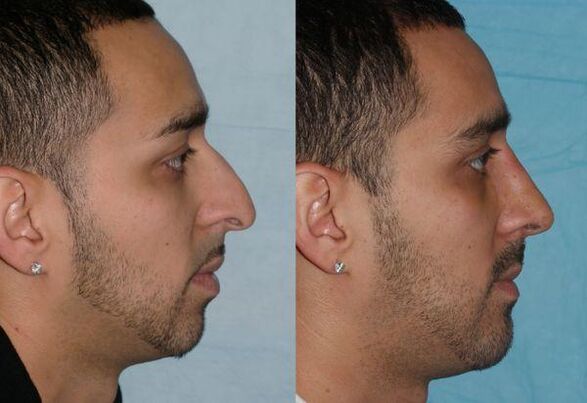
Among women
Any type of intervention can be used for women. Which one to take, the surgeon decides. If small changes are to be made, then the aesthetic problem will be solved without the use of a scalpel. Often the injection method is used on the night of surgery, so that a woman can assess how her nose will look in the future.
What can be improved by using this procedure
Hump correction
Reduction is achieved by injecting filler into the curved part. To correct the hump, the gel is injected along the long side of the nose. Often, an absorbable preparation with hyaluronic acid is used to straighten the nose.

Tip correction
It is done by injecting filler into the problem area. Rhinoplasty like this is especially popular when there is a small hole or depression at the tip of the nose. The nose of the potato is corrected by inserting a filler into the tip, this makes it sharper.
The tip can be raised by injecting the gel into the nasal columella area. Visually, this hides the sticky ends. In some cases, it is also necessary to inject into the wing of the nose to slightly narrow the nostrils.
Repair a broken nose
If the nose has been injured more than once, then the contour will not help. In such cases, only surgery on the nasal septum is indicated. And most likely completely reconstructive and aesthetic surgery. Reconstruction of both the septum and the external osteochondral skeleton may be required.
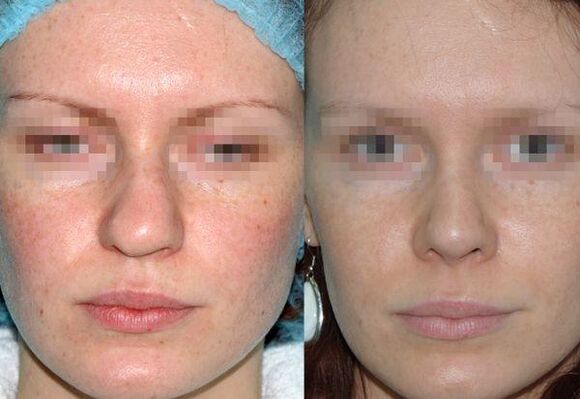
Rear backup alignment
It is not possible to align a crooked nasal bridge without surgery. Rhinoplasty with injections only makes it possible to close the defect. For example, a snub nose correction (with a low bridge and a raised tip) is performed by injecting filler into the entire surface of the nasal bridge to its tip.
Wing reduction
Hyaluronic acid gel is used to correct nasal wing asymmetry. In this case, the specialist must calculate the dose accurately.
The nose becomes thinner and more expressive after rhinoplasty with hormones.
If necessary to eliminate the asymmetry of the nostrils or reduce it, then the filler is injected into the lower part of the nasal wing.
How old is the operation
There must be an obvious reason for the surgery on the face. A careless plastic surgeon will not perform a minor nose correction if the desires of a particular girl or man are made the basis.

People who have reached the age of 18 are allowed to undergo surgery. In very rare cases, this condition can be violated. The minimum age for rhinoplasty for girls is 13-14 years, for boys-15-16 years.
For medical reasons, a teenager can undergo almost any plastic surgery. However, doctors recommend to be patient until the beginning of age, when the operated organ is formed at least 80-90%.
How preparation for a non -surgical procedure works
In contrast to classical surgery, it is easier to perform non -surgical procedures. Perhaps the doctor will advise you to see a dermatologist, tell you what tests are taken to identify contraindications and restrictions.
Adhering to the following rules will help reduce the risk of complications:
- 10 days before plastic surgery, you should stop drinking alcohol;
- salicylates increase bleeding, which means that a week before the procedure, you should stop taking "Aspirin" and other similar medications;
- refrain from eating at least 10 hours in advance;
- a few days before the injection plastic, it is recommended to exclude high physical activity;
- you need to wash your hair the day before, as you cannot bend and wet your face after the procedure.
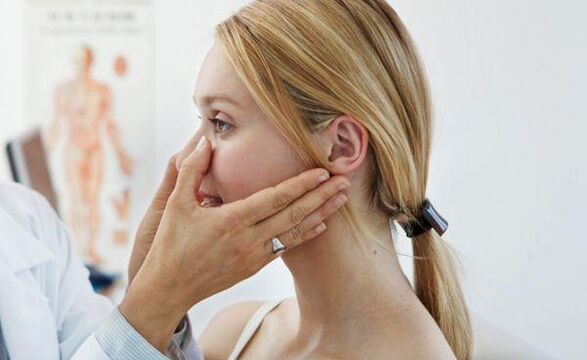
The doctor prescribes the intake of antihistamines. With an increase in temperature, menstruation, respiratory diseases, the procedure should be abandoned until recovery.
Do I need anesthesia
General anesthesia is not required for non -surgical rhinoplasty. For anesthesia, local application or infiltration anesthesia is used.
Running technology
Non -surgical plastic surgery is performed on an outpatient basis, without the need to hospitalize the patient. After the procedure, the plastic surgery client goes home.
A thorough examination and computer modeling of the future nose shape was performed early. The average duration of manipulation is 35-60 minutes. The operation goes step by step as follows:
- The patient is conscious, only local anesthesia is used. Doctors apply a lidocaine -based cream to the nose and surrounding area. The exposure time under the film is 10-15 minutes.
- After opening the ampoule with the drug and filling the gel into the microcannula, gradually and carefully inject the filler into the designated nasal area. If the customer has the desire, he can observe the progress of the process with the help of a mirror, which he will hold himself.
- If necessary, the beautician can re -insert the filler.
- The last rank is a light manual sequence. It is needed for better filler distribution.
The results can be assessed immediately. The filler is safe and fully absorbed within 1. 5 years.
Consequences and contraindications of non -surgical rhinoplasty
Correction should not be done in women during pregnancy or during menstruation. Non -surgical correction is contraindicated for people suffering from the following diseases:
- acute infectious diseases;
- keloidosis;
- autoimmune pathology;
- endocrine system pathology, including diabetes mellitus;
- hemophilia and other blood clotting problems;
- individual allergies and intolerances to the components of the drug used;
- oncological diseases, tumors of any localization.
What complications can arise
Postoperative complications occur in 10% of cases. They can also occur during surgery (bleeding, rupture of the skin, rupture of the muco-cartilaginous flap, violation of the integrity of the bone pyramid, bone fractures).
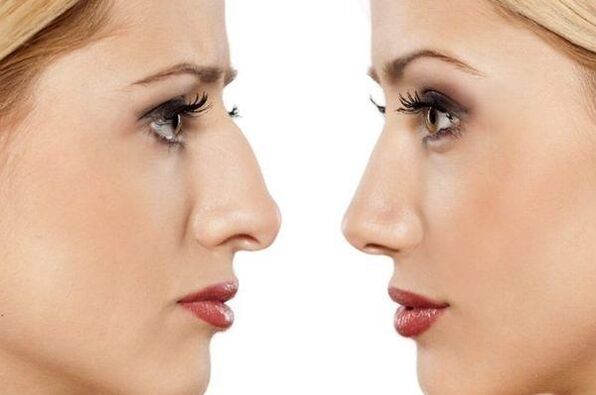
If some cosmetic defects are removed during surgery, some complications may arise:
- nosebleeds;
- postoperative pigmentation;
- bone callus;
- swelling and hematoma of soft tissues;
- loss of odor;
- appearance of keloid scars;
- hard to breath;
- curvature of the nasal septum.
Non -surgical rhinoplasty is not very dangerous, although it is also considered a difficult procedure in aesthetic surgery. Afterwards, special flakes are applied to the patient’s nose, which improves the result and protects from injury.
For several hours after the procedure, there may be redness and swelling of the skin in the nasal area. These problems disappear completely within 24 hours. After tying with thread, bruises may form, which disappear completely within a week.
Rare complications include processes that can occur due to experience not performed by the surgeon, or the patient’s failure to follow postoperative rules: filler replacement and rupture of threads inserted under the skin. The doctor must deal with the problem, and immediately.
Treat your nose after surgery
Rhinoplasty with laser, hyaluronic acid injections and fillers reduces the recovery period to a minimum. Immediately after the nasal contour procedure, you can go home. The swelling subsides in 1-2 days.

On average, recovery lasts up to several days (depending on the method of correction performed). There are almost no restrictions after the manipulation is done. You can continue to go to work, play sports and live your normal life.
In the postoperative period, it is necessary to monitor facial expressions: you can not pinch, frown. For several hours, you can’t stretch muscles, blow your nose, sneeze and cough. In the first 2-3 days of recovery, you should not wear glasses.
Strict restrictions apply to visiting any swimming pool (pool, swimming pool, bath, sauna). You should also stop sunbathing, smoking, foundation.
You should not massage the injection site or undergo physiotherapy for 2 weeks.
How long does edema last after surgery?
The entire recovery period after surgery can take around a year. In the first few days, the patient must wear a bandage, bandage or adhesive. The swelling of the face will subside in 1-2 days. After 21 days, the cast plaster was removed and blood clots from the nose and tampons were removed.
Active recovery occurs in the next 3 months, side effects subside, but small changes can occur until the end of the year.

What to do if the operation is not successful
The results of the operation can be assessed only after 6 months. Practice shows that 20% of all interventions to correct or eliminate nasal defects are not the only ones.
If after this time the nose does not take the desired shape or swelling remains, then the operation can be considered unsuccessful. In such situations, repeated operations are assigned.
When it is necessary to repeat the procedure
The effects of non -surgical nasal surgery last about a year on average. You can repeat the procedure at any time.
After surgery, recurrent (secondary) rhinoplasty can be prescribed no earlier than a year later. Technically, this is a more complex procedure. It is prescribed if the patient is not satisfied with the result, or the previous operation was not successful (did not give the expected effect).
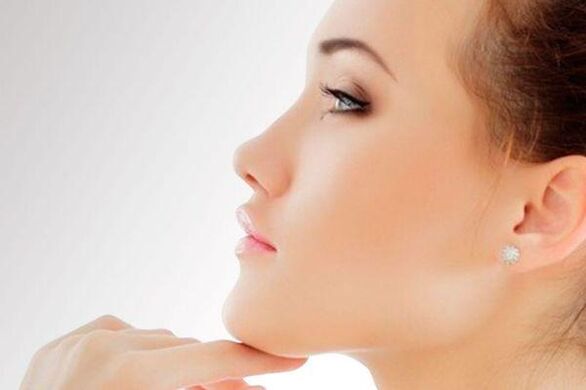
Advantages of Non -Surgical Rhinoplasty
Filler and suture procedures should not be considered a complete alternative to surgery, but have a number of obvious advantages. The main ones are:
- not painful;
- short recovery period (sometimes absent);
- rapid decision achievement;
- reversibility (you can always return the previous form if the result is unsatisfactory).
This procedure has pros and cons. It has a very low effect on the general condition of the body, does not injure the facial tissues, after which scars and scars are not formed. But if injected incorrectly, gel lumps can form under the skin. Their displacement will cause a change in the shape of the nose.
After minimally invasive intervention, no stitches, the skin heals better. But the risk of infection and infection is still there.
The low cost makes this procedure available to everyone who wants to improve their appearance. However, the possibility of complications requires careful clinical treatment.Often, unsuccessful cosmetic interventions occur after visiting salons and non -specialized doctors who do not have the appropriate qualifications.A final decision should be made only after reviewing the master's work and prior clinical assessment.




















